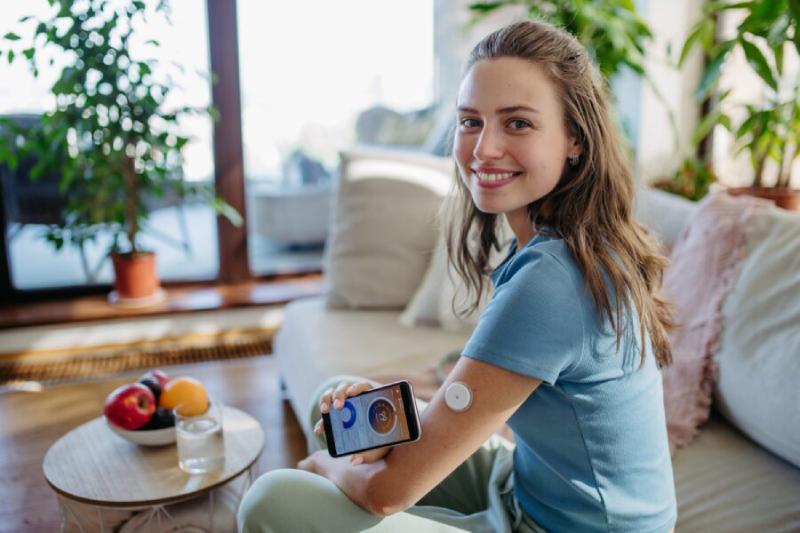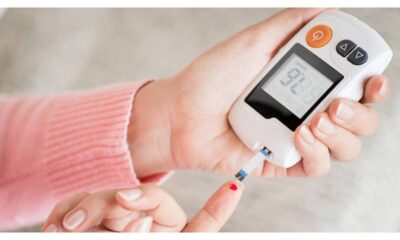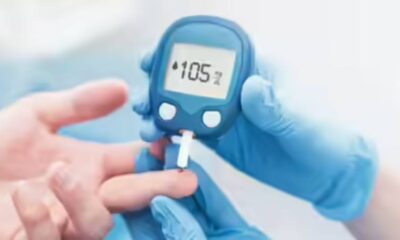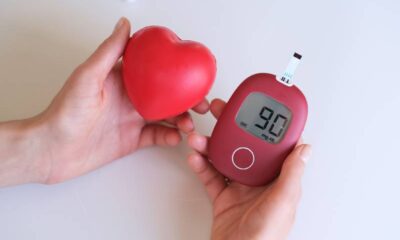There are two main types of blood glucose monitoring devices: traditional blood glucose meters and continuous glucose monitors (CGMs).
Traditional blood glucose meters require a finger prick to draw a small blood sample. The meter then reads the sugar level in the blood. These are generally less expensive than CGMs.
Continuous glucose monitors (CGMs) use a small sensor inserted under the skin to measure blood sugar levels continuously. The sensor transmits the data to a receiver or smartphone app, where you can see your glucose levels in real-time. CGMs are more expensive than traditional meters, but they can provide more data and help you better manage your diabetes.
Here are some of the top blood glucose monitoring devices in 2024, considering both traditional meters and CGMs:
Best Overall: Dexcom G7
The Dexcom G7 is a CGM that features a small, discreet sensor that can be worn for up to 10 days. It provides real-time glucose readings and alerts, and it integrates with a variety of insulin pumps and diabetes management apps.
Best CGM for Discreet Wear: Freestyle Libre 3
The Freestyle Libre 3 is a CGM that features the world’s smallest sensor. It can be worn for up to 14 days and provides continuous glucose readings. However, unlike the Dexcom G7, it does not provide real-time alerts.
Best Finger-Stick Meter: Contour Next One
The Contour Next One is a traditional blood glucose meter that is accurate, easy to use, and affordable. It features a small blood sample size and fast results.
Other Top Contenders:
- Nutrisense CGM: This CGM is a good option for people who are looking for a more affordable CGM. It uses a subscription model and provides continuous glucose readings and insights.
- Signos CGM: This CGM is another good option for people who are looking for a more affordable CGM. It features a small sensor that can be worn for up to 7 days and provides continuous glucose readings and alerts.
- Levels Health CGM: This CGM is a patch-style CGM that is still in development. It is unique in that it does not require finger sticks for calibration.
Choosing the Right Blood Glucose Monitoring Device
The best blood glucose monitoring device for you will depend on your individual needs and preferences. Here are some factors to consider:
- Your type of diabetes: If you have type 1 diabetes, you will likely need a CGM to monitor your blood sugar levels closely. If you have type 2 diabetes, you may be able to use a traditional blood glucose meter.
- Your insurance coverage: CGMs are typically more expensive than traditional meters. Check with your insurance company to see what type of coverage you have for blood glucose monitoring devices.
- Your lifestyle: If you are active or have a busy lifestyle, you may prefer a CGM that provides continuous glucose readings. If you are on a budget, you may prefer a traditional blood glucose meter.
- Your comfort level: Some people find finger sticks to be painful. If this is the case for you, you may prefer a CGM.
It is important to talk to your doctor about which blood glucose monitoring device is right for you.
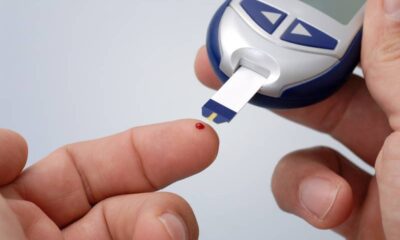
 Diabetology7 days ago
Diabetology7 days ago
 Diabetology2 weeks ago
Diabetology2 weeks ago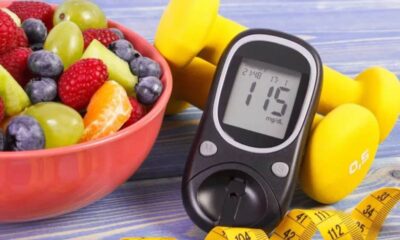
 Diabetology7 days ago
Diabetology7 days ago
 Diabetology22 hours ago
Diabetology22 hours ago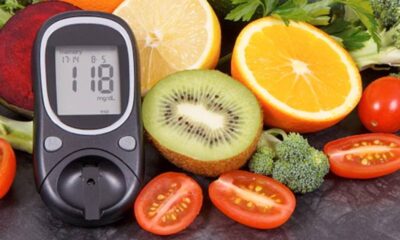
 Diabetology22 hours ago
Diabetology22 hours ago
